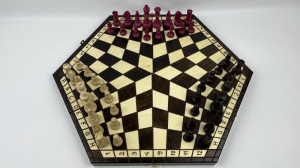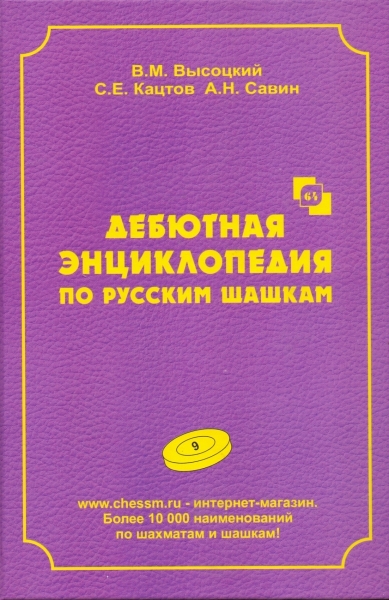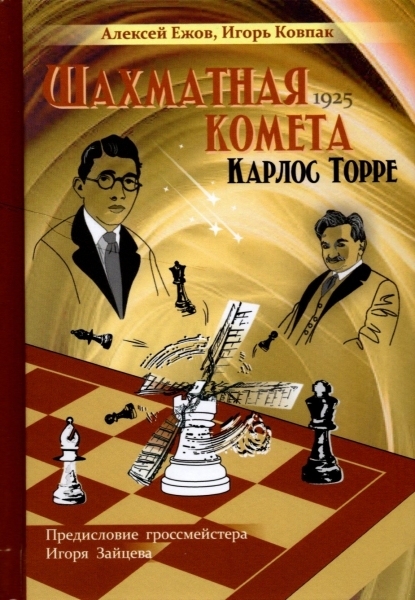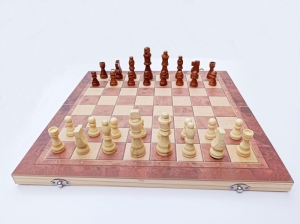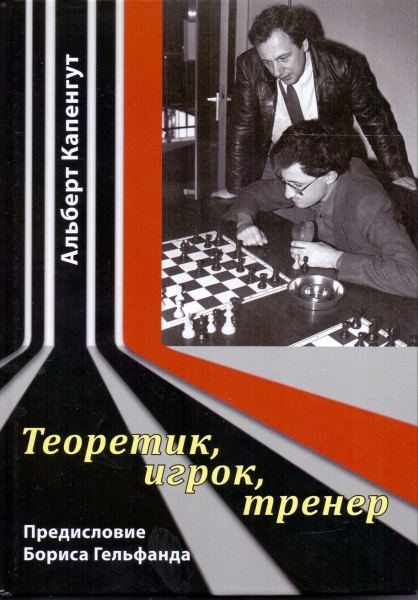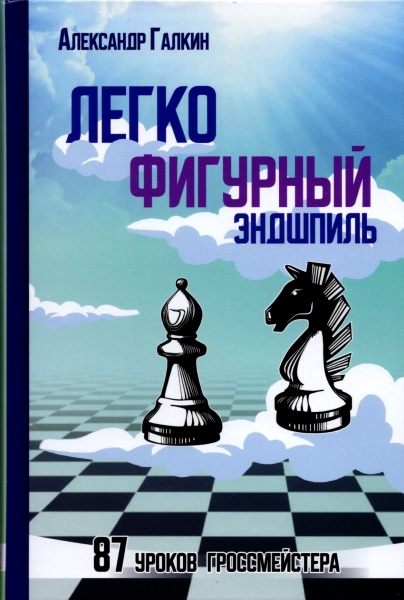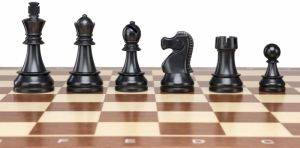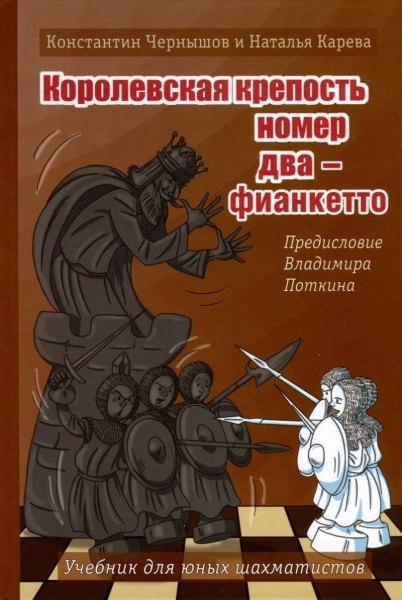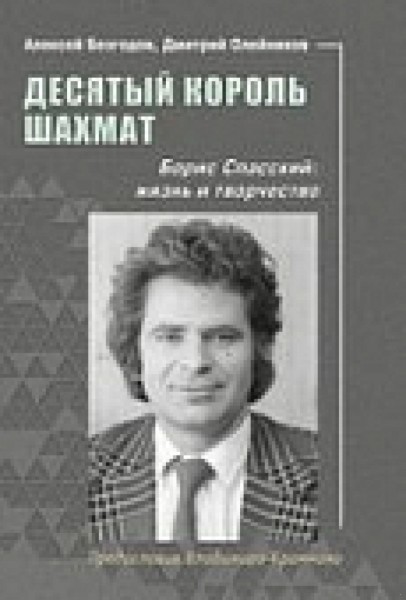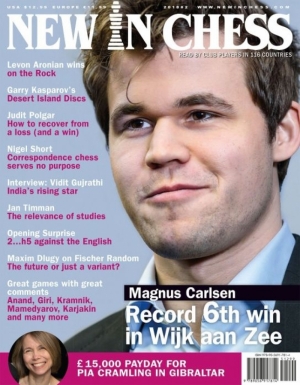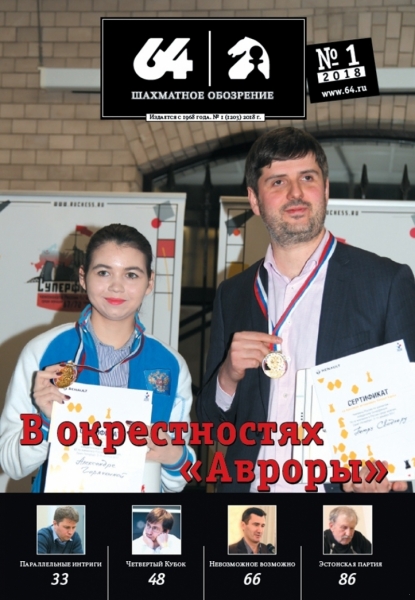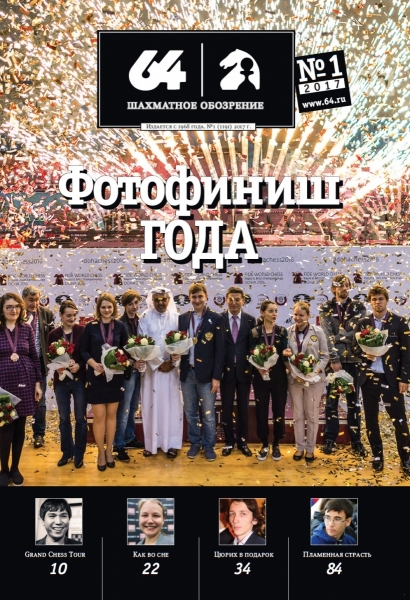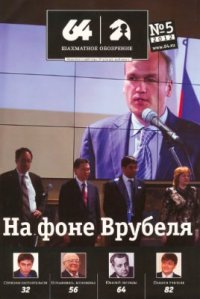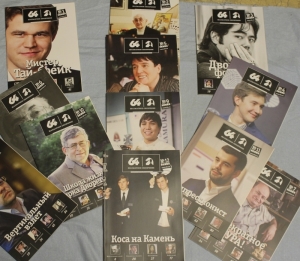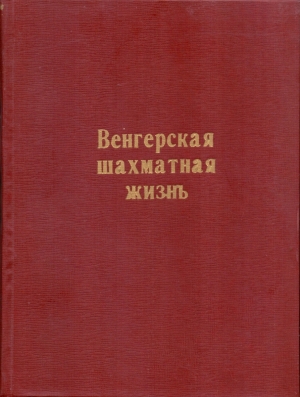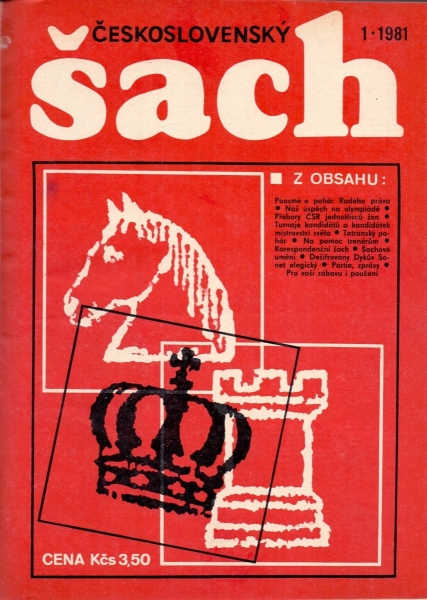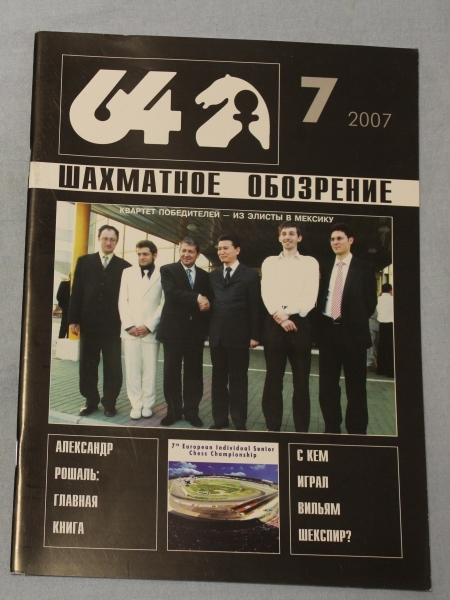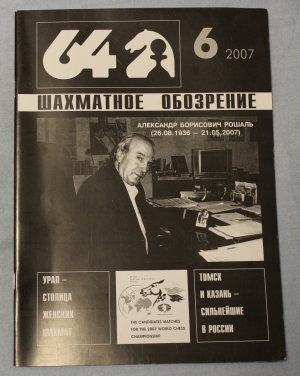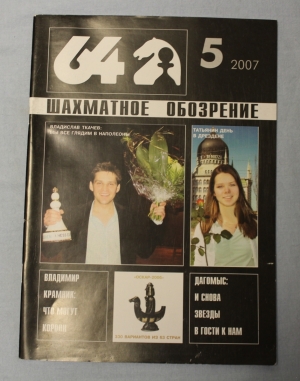Modern chess periodicals
-
14.48 $
In 2018 issue 2 you will find 108 pages of the best in chess with Carlsen, Kasparov, Aronian, Kramnik, Fisher and many others. In English.
-
62.06 $
Full-color printing, coated paper. & nbsp; & laquo; 64 - Chess Review & raquo; & mdash; Soviet, then Russian chess magazine. Published since 1968. & Nbsp;
-
-
-
-
41.38 $
Hungarian chess life was a magazine of the Hungarian Chess Federation from 1951 to 1984. Coated paper
-
74.48 $
Czechoslovak chess & nbsp; (& laquo; Československy & scaron; ach & raquo;) & mdash; a monthly & nbsp; chess & nbsp; magazine published since June & nbsp; 1906. It is published under the auspices of the Czechoslovak Union of Physical Education in the publishing house & laquo; Olympia & raquo; (Prague). Editor & mdash; & nbsp; M. & nbsp; Philip & nbsp; (since & nbsp; 1974). The circulation is about 12 thousand copies. It illuminates the current chess life in Czechoslovakia and abroad. & Nbsp;
-
Coated paper. & laquo; Shackeleton & raquo; (& laquo; Sakk & eacute; let & raquo; & mdash; & laquo; Chess life & raquo;) & mdash; Hungarian Chess Federation monthly magazine. Published in Budapest from 1951 [until 1985 it was called & laquo; Magyar Shackelet & raquo; (& laquo; Magyar Sakk & eacute; let & raquo; & mdash; & laquo; Hungarian chess life & raquo;)]. Chief Editor & mdash; A. Coverage (since 1985). Continues the tradition of the magazine & laquo; Magyar shakquilag & raquo; (& laquo; Magyar sakkvil & aacute; g & raquo;), which was published intermittently in 1911 & mdash; 1950. It covers the chess life of Hungary and other countries, publishes the best games of Hungarian chess players, reviews of major competitions, articles on the work of Hungarian and foreign chess players, materials on chess history, composition, bibliography and more. He pays great attention to chess life in the USSR.
-
2.89 $
& laquo; 64 & nbsp; & mdash; Chess Review & raquo; & nbsp; & mdash; mass illustrated sports and methodological magazine of the USSR State Committee for Sports. Published from 10.1.1980 2 times, and from 01.2000 once a month (its predecessor & nbsp; & mdash; & laquo; 64 & raquo;). The circulation of 74 thousand copies. (1987 ). The chief editors were Anatoly Karpov, Alexander Roshal. & nbsp; & nbsp; Among the members of the editorial board & nbsp; & mdash; leading chess players and figures of the country's chess movement. Art under P 2
-
4.14 $
& laquo; 64 & nbsp; & mdash; Chess Review & raquo; & nbsp; & mdash; mass illustrated sports and methodological magazine of the USSR State Committee for Sports. Published from 10.1.1980 2 times, and from 01.2000 once a month (its predecessor, & nbsp; & mdash; & nbsp; & laquo; 64 & raquo;). The circulation of 74 thousand copies. (1987). The chief editors were Anatoly Karpov, Alexander Roshal. & Nbsp; & nbsp; Among the members of the editorial board & nbsp; & mdash; leading chess players and figures of the country's chess movement. Art under P 2
-
3.31 $
& laquo; 64 & nbsp; & mdash; Chess Review & raquo; & nbsp; & mdash; mass illustrated sports and methodological magazine of the USSR State Committee for Sports. Published from 10.1.1980 2 times, and from 01.2000 once a month (its predecessor, & nbsp; & mdash; & nbsp; & laquo; 64 & raquo;). The circulation of 74 thousand copies. (1987). The chief editors were Anatoly Karpov, Alexander Roshal. & Nbsp; & nbsp; Among the members of the editorial board & nbsp; & mdash; leading chess players and figures of the country's chess movement. Art under P 2
-
 Antique pre-revolutionary wooden chess
187.50 $
Antique pre-revolutionary wooden chess
187.50 $
-
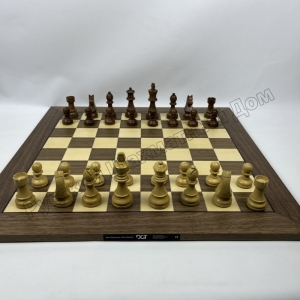 DGT Timeless Wooden Chess Set Handcrafted with Non-Folding Board
600.00 $
DGT Timeless Wooden Chess Set Handcrafted with Non-Folding Board
600.00 $
-
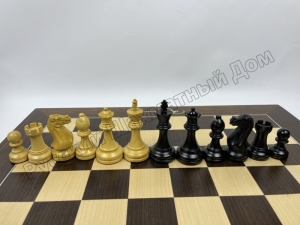 DGT Judit Polgar Set of Figures in a Box with a fixed Board (Judit Polgar)
812.50 $
DGT Judit Polgar Set of Figures in a Box with a fixed Board (Judit Polgar)
812.50 $
-
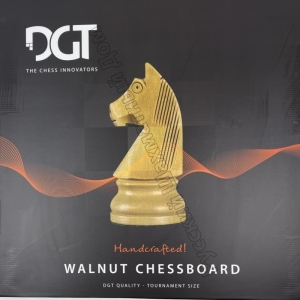 DGT Walnut Chess Board (55х55 cm)
300.00 $
DGT Walnut Chess Board (55х55 cm)
300.00 $
-
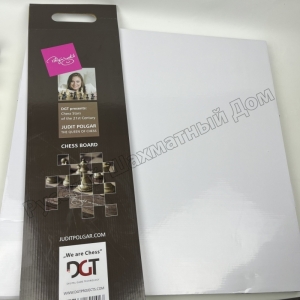 Judit Polgar Deluxe Wooden Chess Board (55х55 cm)
325.00 $
Judit Polgar Deluxe Wooden Chess Board (55х55 cm)
325.00 $
-
 Electronic chess clock DGT 2500
187.50 $
Electronic chess clock DGT 2500
187.50 $
-
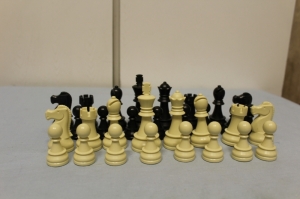 Plastic chess DGT with weighting agent.
40.00 $
Plastic chess DGT with weighting agent.
40.00 $
-
 Chess electronic clock DGT 1002 BONUS
82.50 $
Chess electronic clock DGT 1002 BONUS
82.50 $
-
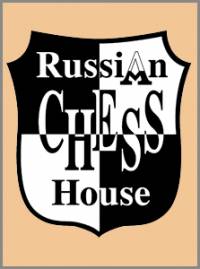 Chess clock DGT 3000 Limited Edition.
237.50 $
Chess clock DGT 3000 Limited Edition.
237.50 $
-
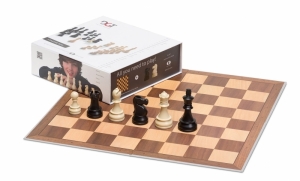 87.50 $
87.50 $
 Русский
Русский  Английский
Английский 